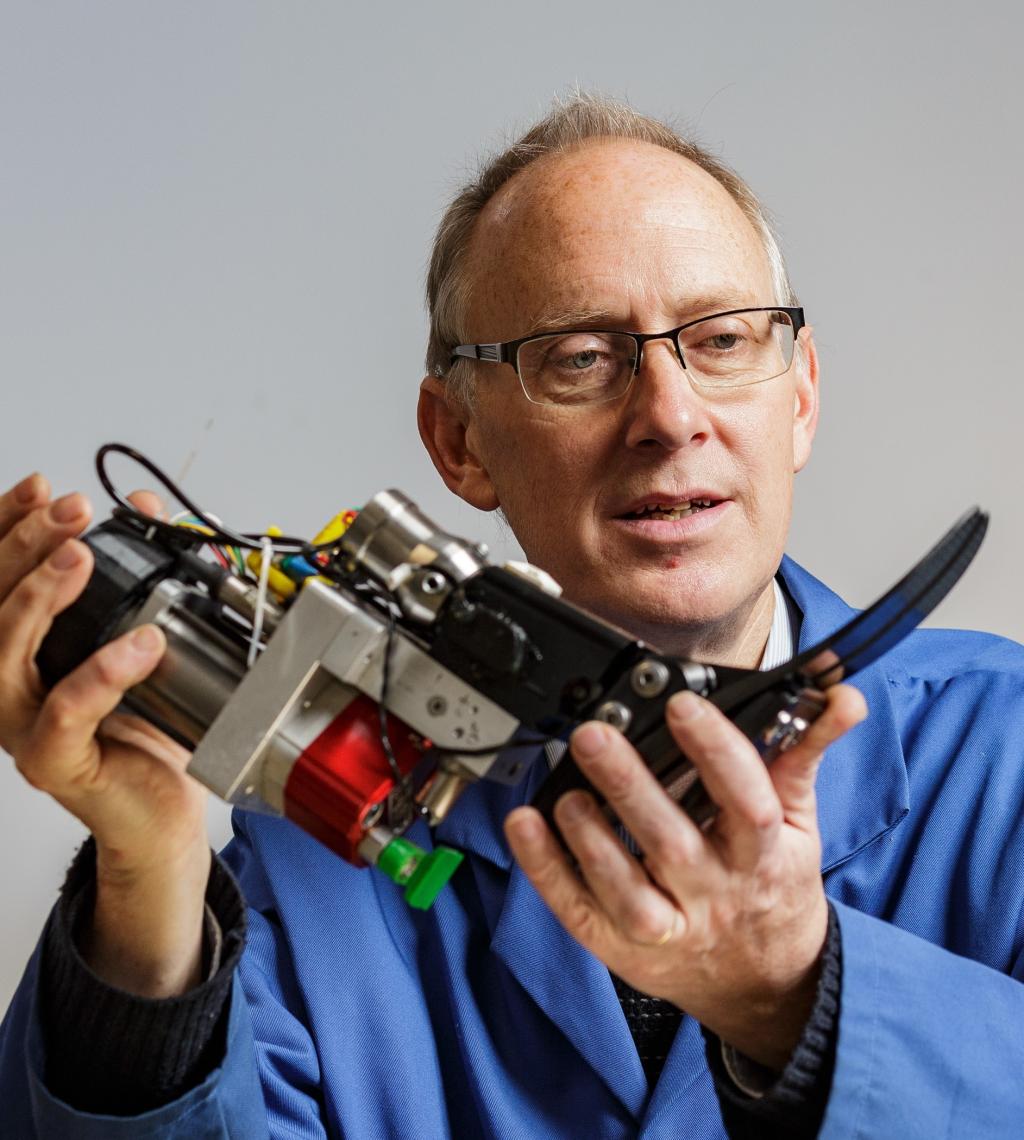
Prof. Andrew Plummer
Director of the Centre for Power Transmission and Motion Control,University of Bath, UK
Biography:
Prof.Andrew Plummer isDirector of the Centre for Power Transmission and Motion Control at the University of Bath, UK, and also Head of the Mechanical Engineering Department. He has a variety of research interests in the field of motion and force control, including inverse-model based control of electrohydraulic servosystems, digital fluid power, model-in-the-loop testing systems, hybrid hydraulic/piezoelectric actuation, and active vehicle control. Hereceived his Ph.D from the University of Bath in 1991, for research into control of electro-hydraulic systems. He worked as a research engineer for Thales from 1990, developing flight simulator control technology, before joining the University of Leeds in 1994. From 1999 he was global control systems R&D manager for Instron, manufacturers of materials and structural testing systems, developinghigh performance electrohydraulic machines including crash-testing catapults, Formula One racing car test rigs, and earthquake simulation tables. Professor Plummer was appointed to his present position in 2006. The Centre for Power Transmission and Motion Control at Bath, founded in 1968, has an international reputation as a centre of excellence in hydraulics, mechanical power transmission and motion control systems, with applications in the aerospace, automotive, robotics and renewable energy sectors amongst others. Professor Plummer has chaired the UK Automatic Control Council, the IMechE Mechatronics Informatics and Control Group,and is Chair of the Global Fluid Power Society.
Keynote address: Energy-efficient hydraulic actuation through mechatronic integration
We continue to face the challenge of the energy inefficiency of traditional hydraulic actuators controlled by throttling valves. However, there are now a range of architectures that are much more efficient. The main analogue options are servomotor driven pumps (as in Electrohydrostatic Actuators, EHAs), or pump displacement-controlled systems. And there are digital hydraulic architectures: either discrete force/pressure control, discrete flow control (i.e. using digital pumps), or switched inertance systems using high-speed switching valves. Whichever architecture is used, merging the separate parts into one structural unit gives enormous benefits in terms of compactness, reliability, reduced part count, and improved dynamic performance. Additive manufacture (AM) is the key to this integration, as it allows hydraulic components with complex internal galleries to be made without the constraints of line-of-sight machining, and dramatically reduces weight and material waste. The complexities associated with new energy-efficient architectures – particularly digital hydraulics – which previously appeared prohibitive to successful commercialisation, are viable using an AM approach. Critically, AM also promises a much shorter development cycle. I will review energy efficient architectures, and AM for hydraulics, and present examples of efficient AM hydromechatronic actuators designed for aerospace, robotic and medical applications.